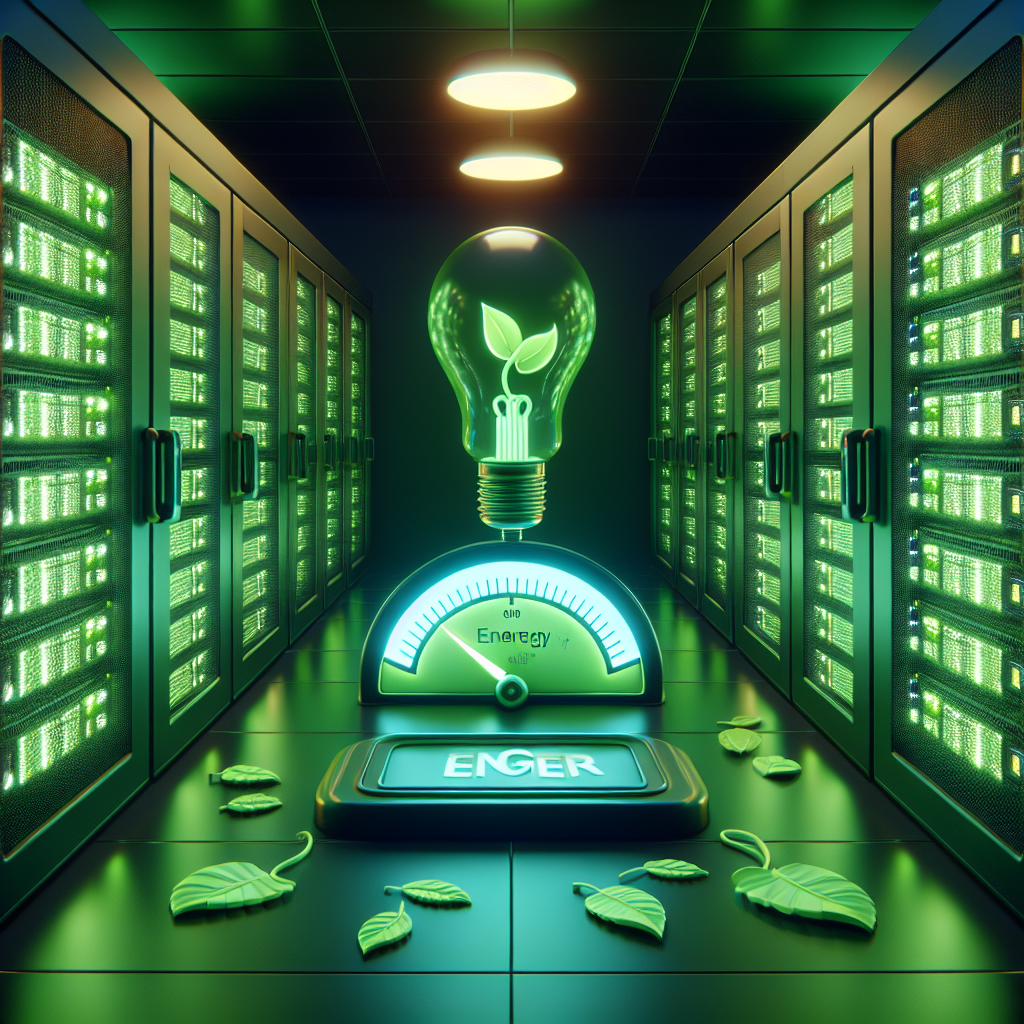Data centers are crucial components of modern businesses, housing the servers and infrastructure necessary for storing and processing vast amounts of information. However, these facilities also consume large amounts of energy, making them a significant contributor to a company’s carbon footprint and operating costs. Maximizing energy savings in your data center is not only environmentally responsible but can also result in significant cost savings. Here are some strategies to help you achieve this goal.
1. Virtualization: One of the most effective ways to reduce energy consumption in a data center is through server virtualization. By consolidating multiple physical servers onto a single virtual server, you can reduce the number of servers in operation, leading to lower energy consumption and cooling requirements. Virtualization also allows for better utilization of server resources, improving overall efficiency.
2. Energy-efficient hardware: When upgrading or purchasing new equipment for your data center, opt for energy-efficient hardware. Look for servers, storage devices, and networking equipment that are ENERGY STAR certified or designed with power-saving features. Investing in energy-efficient hardware may require a higher upfront cost, but the long-term savings in energy consumption and operating costs will outweigh the initial investment.
3. Cooling optimization: Cooling is a major contributor to energy consumption in data centers. To maximize energy savings, optimize your cooling system by implementing hot and cold aisle containment, using variable speed fans, and adjusting temperature and humidity settings based on equipment requirements. Regular maintenance of cooling equipment, such as cleaning filters and coils, can also improve efficiency and reduce energy consumption.
4. Power management: Implementing power management strategies can help reduce energy waste in your data center. Use power management tools to monitor and control the power usage of individual servers and devices, ensuring that they are not consuming unnecessary energy when idle. Consider using power distribution units (PDUs) with built-in energy monitoring capabilities to track power usage and identify areas for improvement.
5. Renewable energy sources: Consider incorporating renewable energy sources, such as solar panels or wind turbines, to power your data center. Generating clean energy on-site can reduce your reliance on traditional power sources and lower your carbon footprint. If on-site renewable energy generation is not feasible, explore purchasing renewable energy credits or partnering with a green energy provider to offset your data center’s electricity consumption.
6. Data center consolidation: If you have multiple data centers, consider consolidating them into a single, more energy-efficient facility. Centralizing your data center operations can reduce overall energy consumption, streamline management, and improve efficiency. Evaluate the performance and energy usage of each data center to determine the most effective consolidation strategy for your organization.
Maximizing energy savings in your data center requires a comprehensive approach that addresses hardware efficiency, cooling optimization, power management, and renewable energy sources. By implementing these strategies, you can reduce your data center’s energy consumption, lower operating costs, and minimize your environmental impact. Investing in energy-saving initiatives not only benefits your business but also contributes to a more sustainable future for the planet.


Leave a Reply